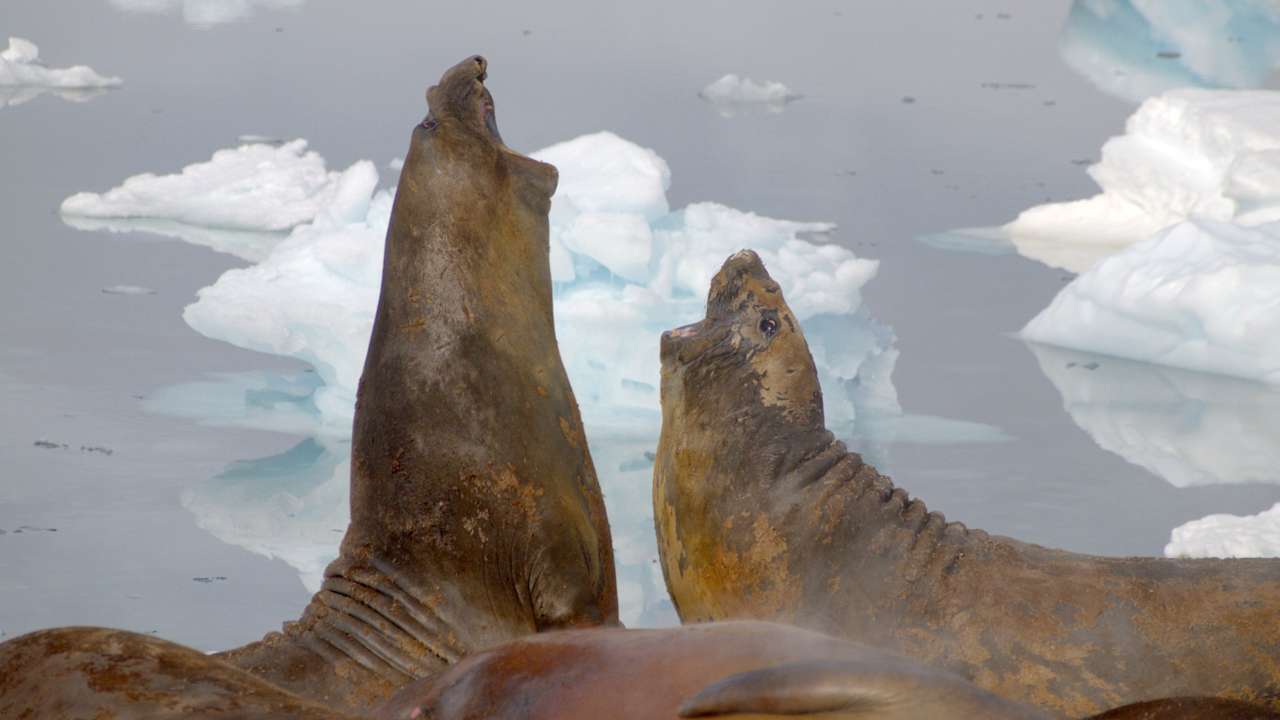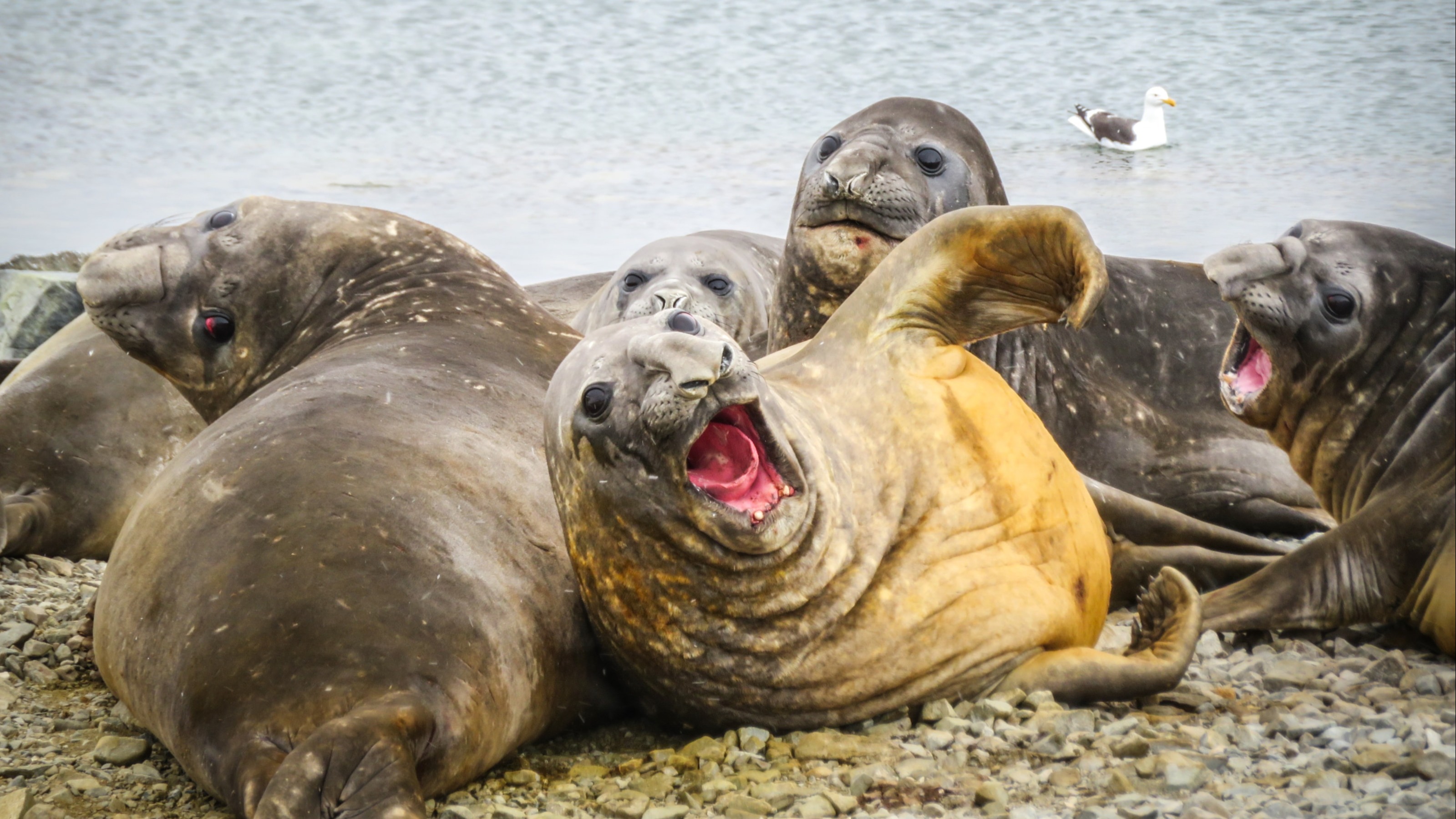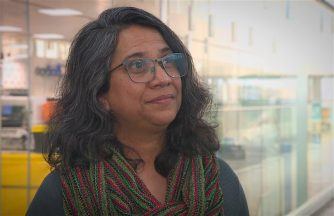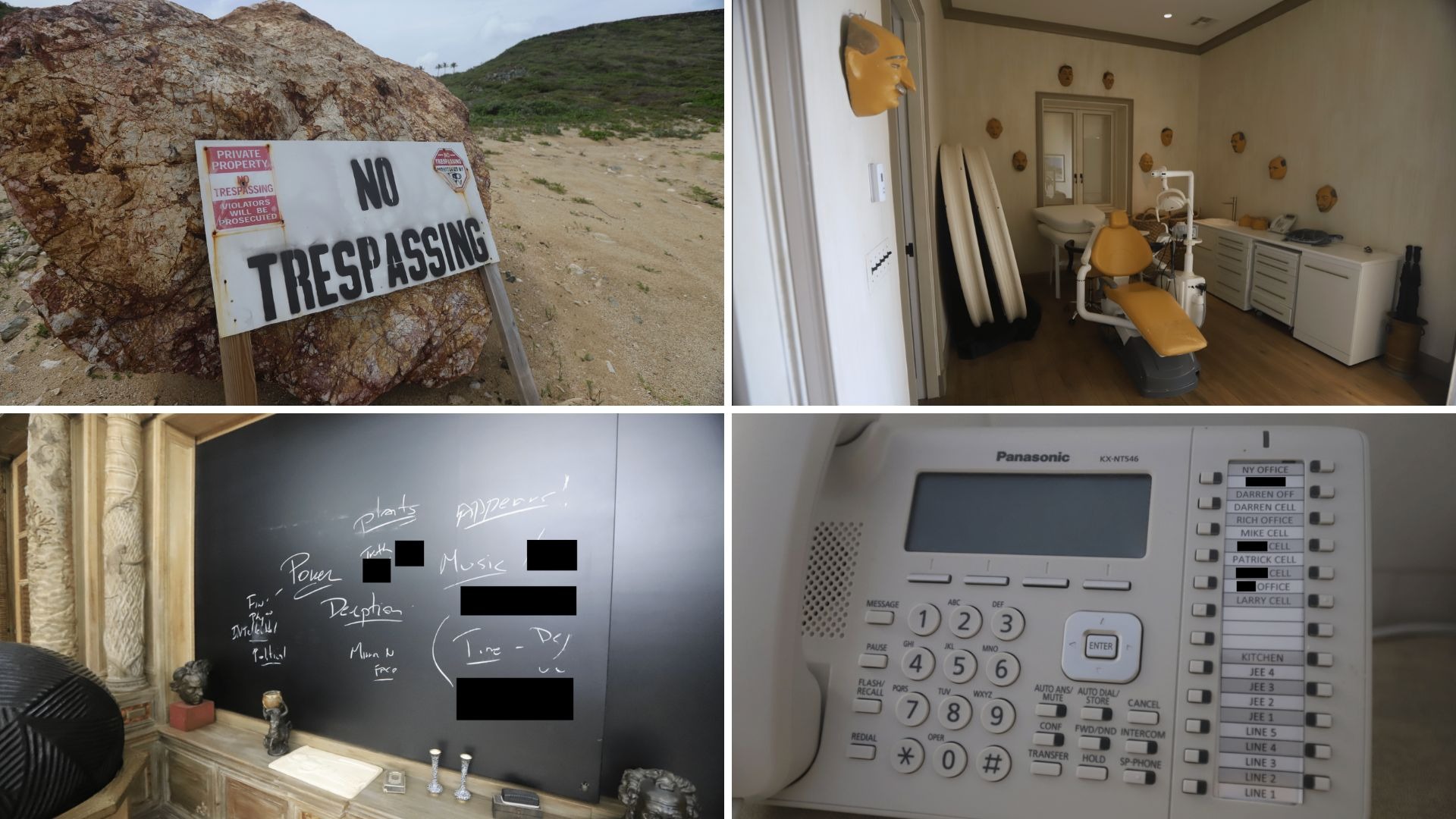Scientists have seen a significant drop in breeding female elephant seals following an avian influenza outbreak on the sub-Antarctic island of South Georgia, as ITV News’ Science Correspondent Martin Strew reports.
Tipping the scales at up to four tonnes and with trunk like noses, it is easy to see why the largest species of seal is called the elephant.
These five metre long mammoth mammals are being killed — by bird flu.
British Antarctic Survey scientists have been monitoring seal numbers since the 50s but they have never seen a drop in numbers like the one recorded last year.
There are 47% fewer females than the year before. Numbers are normally only between 3 and 7% year to year.
“From an elephant seal point of view it is very worrying,” says Dr Peter Fretwell.
His mapping work using aerial and satellite images has previously monitored an alarming decline in the number of Emperor Penguins.
“South Georgia the Island in the Southern Ocean has got the largest collection of elephant seals — about 50% of the world’s population.
“We’re pretty certain that these sorts of sudden rapid declines we don’t see through any other means except disease really.”
Swabs and blood tests from dead seals on beaches confirmed the presence of the H5NI strain of bird flu.
It was first detected on the island in September 2023 in a bird called a brown skua.
We know from sea lions it can be passed from mammal to mammal especially during mating season.
For deep diving mammals (elephant seals can go to depths of almost a mile) — breathing difficulties can be deadly.
It is estimated 53,000 females (who are easier to count) are missing and feared dead.

The snow-capped mountainous landscape of South Georgia can make moving around very difficult, so the team of scientists have used aerial imagery.
“The drones really enable us to get a more accurate picture,” says ecologist Jaimie Coleman.
“If you can imagine a ground count you’re on the beach at the same height as the seal and it can be hard to pick up the ones that are hiding in amongst the harems so having a bird’s eye view means that we get a much more accurate count.”
Counting is resuming this year with numbers looking bleak again. It is hoped natural immunity will eventually come to the rescue but it will take decades for numbers to return to normal.
Follow STV News on WhatsApp
Scan the QR code on your mobile device for all the latest news from around the country





























